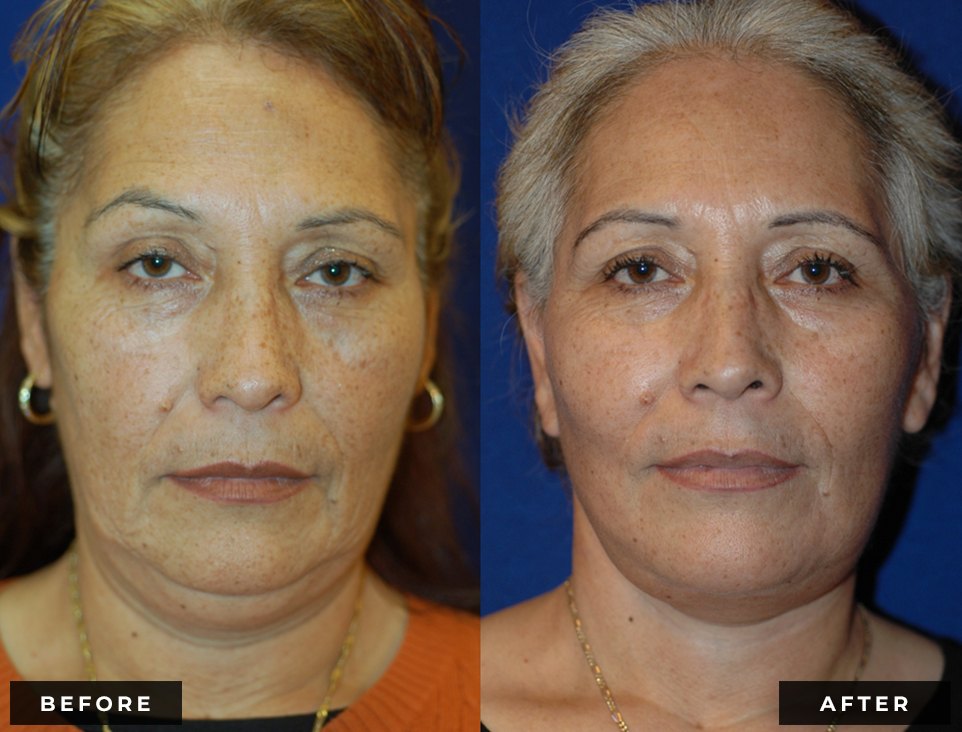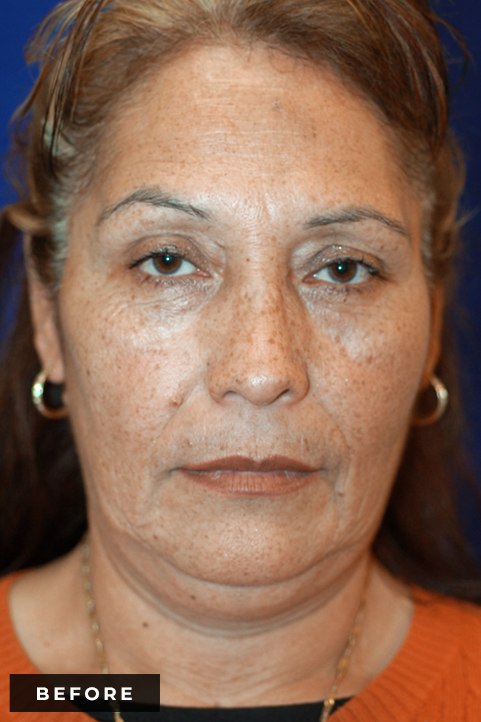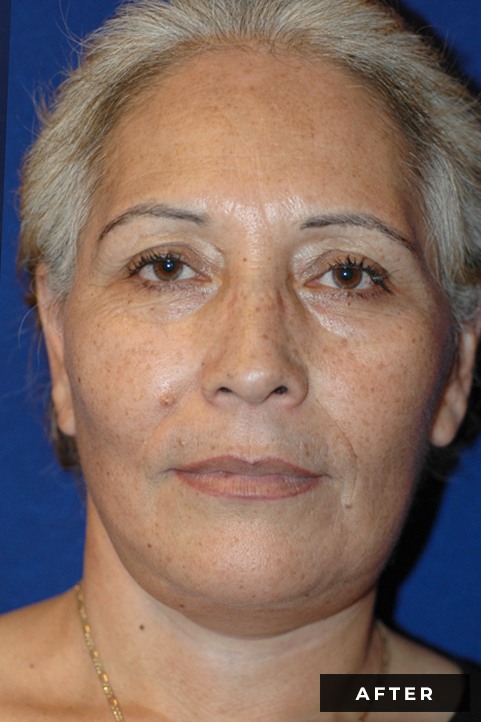3800 Reservoir Rd, 1st Floor Gorman
Washington, DC 20007
6862 Elm St, Suite 800B
McLean, VA 22101

3800 Reservoir Rd, 1st Floor Gorman
Washington, DC 20007
6862 Elm St, Suite 800B
McLean, VA 22101
Message Sent!

Cheek lift surgery is done to enhance the appearance of falling cheeks.
Clinical evaluation begins with the assessment of your specific facial anatomy and your desires for improvement. Dr. Reilly will work with you to create a plan that aligns your goals with potential surgical treatments based on your anatomy.
Generally, this type of surgery is done to lift the cheeks to promote a more youthful and pleasant look.
The minimally invasive technique involves small incisions within the hair and placement of a small dissolvable hook to support the soft tissues of the cheeks. The implants, called “Endotines,” dissolves over a period of about 6 months while the tissues are healing in place.
Most patients take one week off work, followed by another week of reduced activity. There will be bruising and swelling for 7-10 days. After 2 weeks, you may resume full activity.


Background
The purpose of of this procedure is to lift your cheeks back to a more youthful position. Cheek lifting can be accomplished through a variety of approaches, including through the lower eyelid, temple, and/or mouth. Fixation devices may be used. The direction of the lift tends to be up and out. This may be done in conjunction with a facelift for overall optimal rejuvenation. See the information for the rhytidectomy procedure for more details.
Evaluation
Dr. Reilly will perform an in-depth analysis of your facial soft tissues. The examination also includes an assessment of the quality, mobility, redundancy, and strength of the facial skin.
In the vast majority of patients, the desired aesthetic result is readily achieved. However, the possible complications of cheek lift surgery include but are not limited to the following:
Infection, bleeding, swelling, scarring, numbness, skin discoloration, asymmetry, hair loss, displeasure with the cosmetic outcome, and allergic or other negative reactions to one or more of the medications or substances used in the operation.
Based on your concerns, Dr. Reilly will determine the best approach for your surgery. Typically, a cheek lift will involve an incision behind the hairline in the temple and another incision in the mouth. The soft tissues of the cheek are lifted off the underlying bone, and the entire cheek pad is then elevated and suspended to a fixation device, called an endotine. This device dissolves over a period of about 6 months while the tissues are healing in the new position.
Arrange for someone to stay with you for the first 24 hours.
Go to bed and rest, lying on your back, with your head elevated with 2-3 pillows. You should be lying at a 45 degree angle.
You may be up and around and able to go to the bathroom. You will be able to eat a light meal with assistance.
Take medication only as directed.
Some swelling, bruising and tightness of the bandages are a normal occurrence.
Place ice packs on the sides of the face for the first 48 hours (on for 20 minutes, then off for 20 minutes).
Keep the incisions moist with petroleum-based ointment. Cover any draining area with bandages. If they loosen, secure them with more tape.
You may be up and around as tolerated but expect to tire more quickly than usual.
Keep activity and meals light, avoiding meals that require significant chewing.
On the 3rd day, you can remove all bandages and gently shampoo your hair in the shower with baby shampoo. It is advised to let your hair air-dry, but you may use a cool setting if you need to use a hair dryer.
You will come into the office for a post-operative check-up.
No alcohol for the first 7 days after surgery, which can increase bruising and swelling.
Your swelling and bruising will gradually fade over this time period, but it may persist for up to 3 weeks. You will likely come in for another follow up visit 4-6 weeks after surgery.
You may apply makeup to conceal bruising, but be sure to avoid anywhere near the incision lines for at least 10 days after surgery.
1. Rest and good nutrition are important healing factors, especially during the first 6 weeks.
2. Numbness, tingling, hardness, tightness, and bumpiness of the surgical area are common occurrences. If any of these things do occur, they will gradually subside over several months.
Message Sent!

Dr. Michael Reilly is double board-certified by the American Board of Otolaryngology--Head & Neck Surgery and The American Board of Facial Plastic & Reconstructive Surgery. He specializes in facial plastic surgery and Rhinoplasty.
Follow up appointments:
Medical emergency:
Clinical questions: